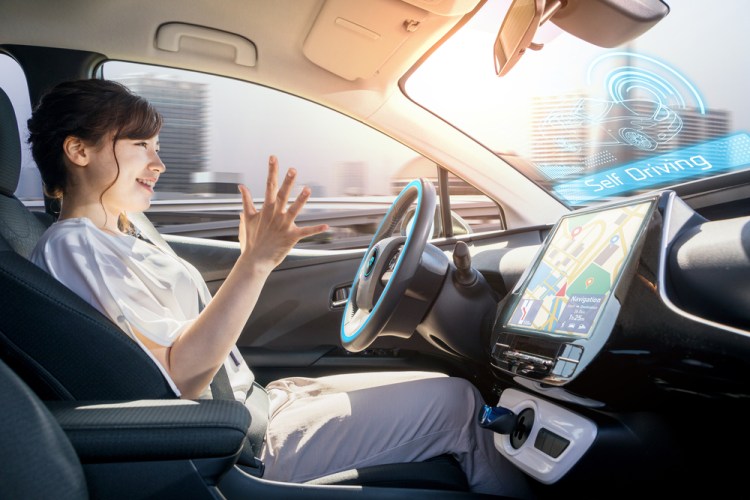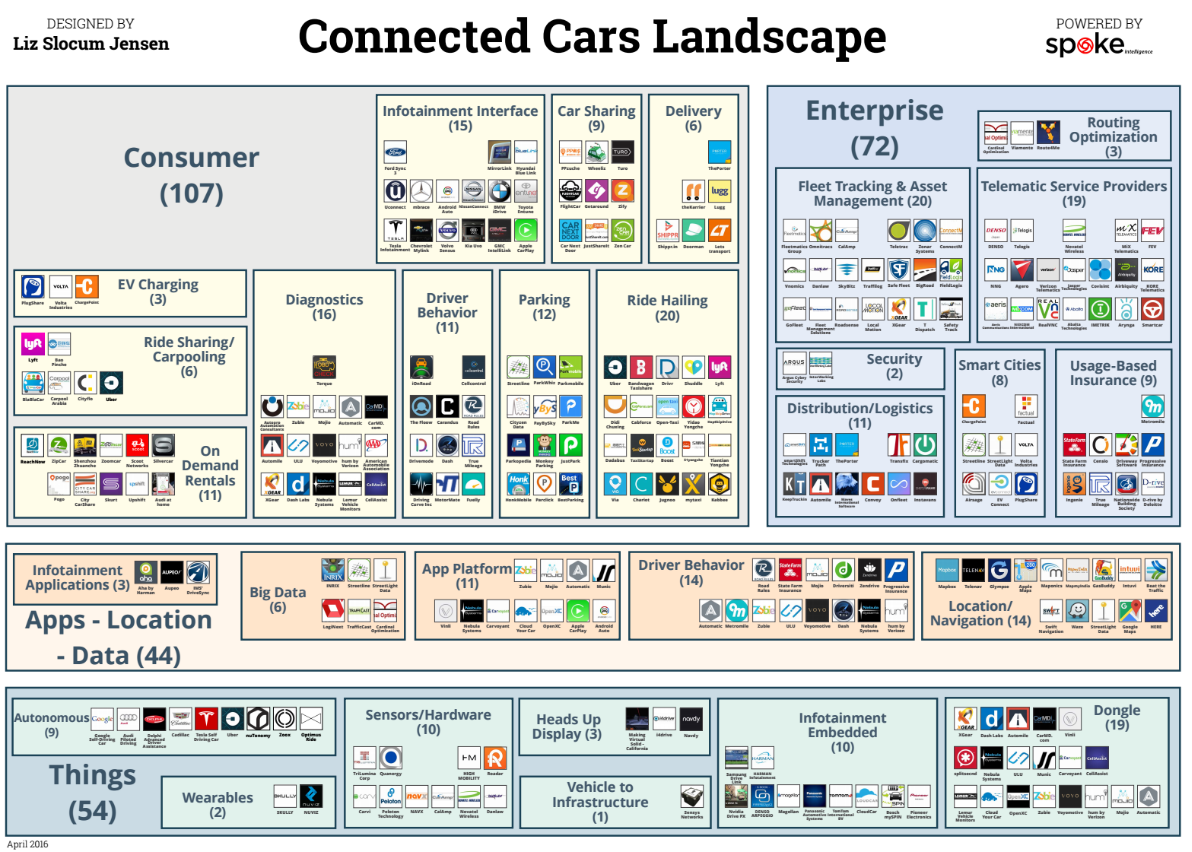testsetset
Thanks to a boom in autonomy and smart technology, self-driving vehicles steal the spotlight constantly. However, they aren’t the only kind of car to see innovative advances. Believe it or not, conventional vehicles — the ones you actually have to drive — have also gotten a large number of new features.
From rear-facing cameras to augmented reality dash systems to high-tech theater and entertainment gear, the list goes on and on. These days, if you have the cash, you can get just about anything installed in a vehicle.
Want Wi-Fi on the open road? No problem. Want a huge projection screen for your rear passengers with full surround? Sure thing. What about a windshield-based heads-up display that shows your speed, GPS navigation directions, and more? Yep, you can get that too.
While there’s no arguing that these features are useful and interesting, there is some question as to whether or not consumers want to have this technology in their vehicles. Some of this may be possible, yes, but that doesn’t mean people are willing to pay for the functionality — or are they?
June 5th: The AI Audit in NYC
Join us next week in NYC to engage with top executive leaders, delving into strategies for auditing AI models to ensure fairness, optimal performance, and ethical compliance across diverse organizations. Secure your attendance for this exclusive invite-only event.
What do consumers actually want in their connected cars?
1. Entertainment
Did you know that people spend an average of six and a half hours per week in their cars? Imagine sitting in one room for that long. It would get pretty boring, right? At least with vehicles, you’re moving and most likely are focused on driving. That doesn’t mean it can’t be a dull experience, though.
This explains exactly why the dashboard has become a digital media center. Some vehicles include video-based dash systems that can even play streaming media content. Others include GPS navigation systems, voice assistants, Bluetooth wireless support, and more.
It all makes for a more enjoyable experience, especially when you’re crammed in a vehicle on long road trips.
Though not a major revenue driver in the automobile industry — pun definitely intended — entertainment is one of the most popular and demanded features for the modern connected car. This category alone is estimated to reach $13 billion in revenue in 2020. That includes integration with platforms like Pandora, Yelp, Facebook, Netflix, and many others.
2. Smarter safety features
Self-driving cars are touted to be safer and more accessible, and it makes sense why. Even a computer sorting through thousands of bytes of data per minute can still make a decision and react faster than a human, provided the system works as it’s supposed to. Modern technology can be used to enhance the safety of conventional vehicles, too.
Connected-safety features are going to reel in $44 billion in 2020. Plus, safety features will be one of the most influential elements for auto sales boosts, second only to driver-assistance — which we will discuss next.
Safety systems can be used to alert drivers to road hazards and weather conditions. They can warn of oncoming potential collisions or objects. They can even help drivers avoid accidents or suggest safer routes of travel.
Ever used the anti-swerve feature in modern vehicles? That’s facilitated via the vehicle’s computer and helps protect you from your own swerving and jittery movements during normal operation of your vehicle.
It’s not just a viable technology for consumer vehicles — it could also be used in public transportation, shipping, and enterprise vehicles, too. Imagine a system that could automatically calculate how much DEF you’d need for a long trip. Truckers would love that.
3. Driver assistance and hands-free support
While separate, driver assistance and hands-free support systems often work hand-in-hand. A driver-assistance system might, for instance, suggest a faster route or warn of traffic and congestion issues on the road. A hands-free system would allow drivers to communicate via a smartphone or even text without ever touching the device. Both technologies are designed to keep the driver’s focus largely on the road in front of them and eliminate physical distractions.
Of course, driver assistance also offers added convenience. Visiting somewhere new and can’t find a good place to park? Enlist the help of your in-car virtual assistant.
In fact, 26 percent of consumers say their top driving assistance feature is a real-time navigation system that will deliver live traffic updates and road conditions. A further 29 percent indicated they want in-car voice commands to make calls or reroute GPS navigation.
Are consumers willing to pay?
We could talk all day about promising features that might be successful in today’s connected vehicles, but that doesn’t mean people are willing to pay for any of them.
Would they be willing to buy a subscription to online-based services — like Netflix, Hulu, GM’s OnStar, or satellite radio? Would they roll the hardware cost into the total price of the vehicle? Would they prefer to have these features added in later?
The answer is all of the above, but more importantly, most of the services could theoretically be offered for free or low cost thanks to advertising. Surely no one wants more ads, right? Actually, 25 percent of global customers are willing to deal with in-car advertising to get free basic services in exchange.
Interesting! What about you? How would you prefer to pay for these connected features?
Kayla Matthews is a technology and energy IT writer whose work has appeared on Motherboard, MakeUseOf, and Triple Pundit.



